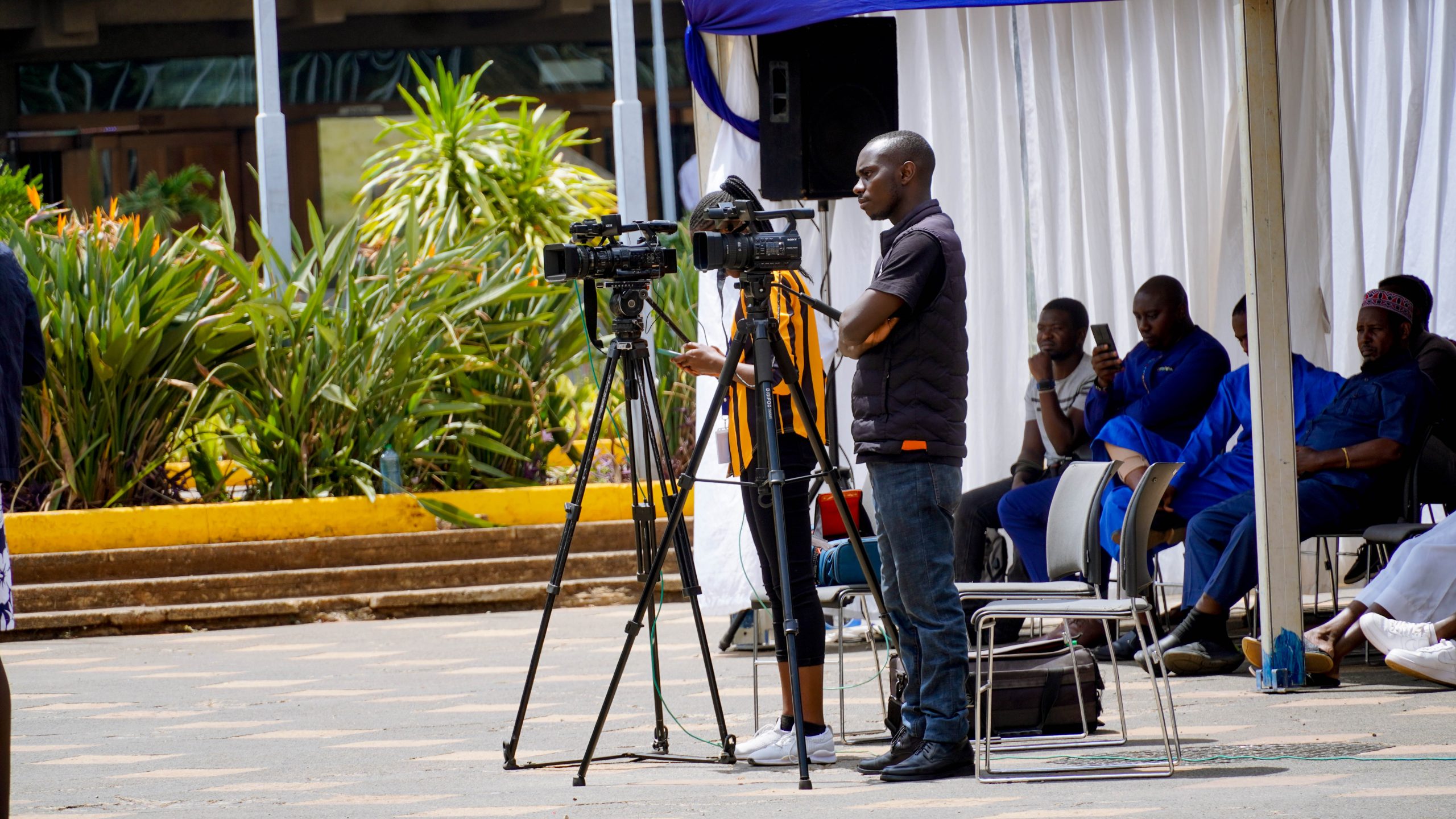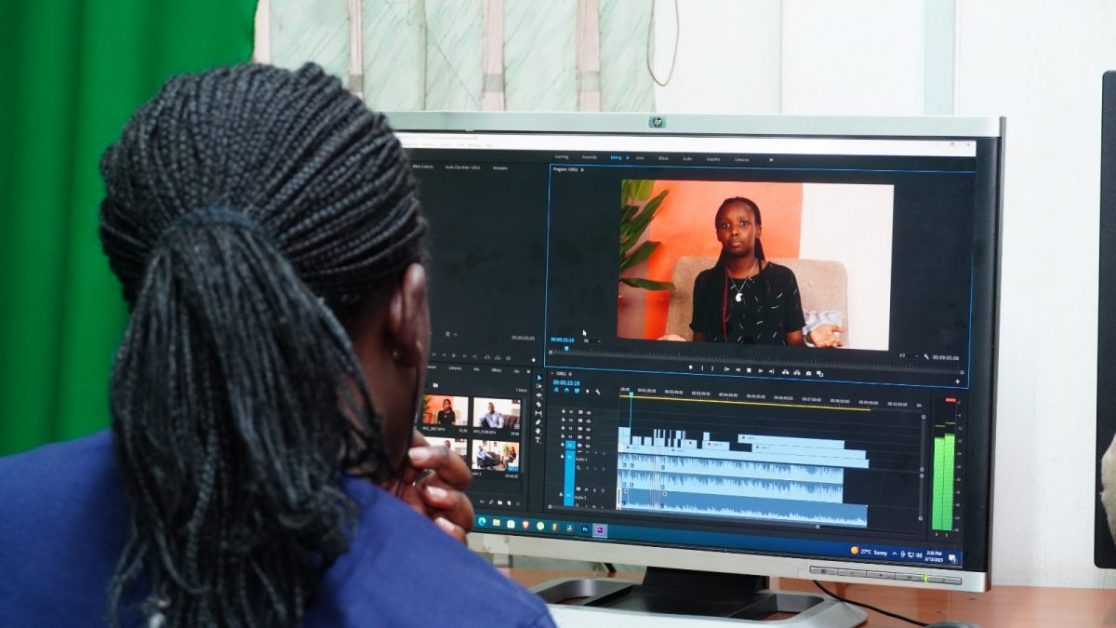
High-Quality Videos: Tips for Shooting and Editing
How to Shoot and Edit High-Quality Videos
As a videographer, creating high-quality videos is essential to making an impact and standing out from the crowd. However, it takes more than just a good camera to achieve this level of quality. Shooting and editing techniques play a crucial role in producing a video that is not only visually stunning but also effectively conveys your message.
In this blog post, we’ll share some tips on how to shoot and edit high-quality videos.

Shooting High-Quality Videos
-
Use Good Lighting
Lighting is one of the most critical factors in video production. Additionally, poor lighting can make even the best camera produce mediocre results. Also, ensure that your subject is well-lit and that the light is consistent throughout the video.
-
Steady Camera Movement
A shaky video can be distracting and take away from the overall quality of the video. Using a tripod or stabiliser can help to ensure that your shots are steady and professional.
-
Proper Framing
Framing your shots properly is key to achieving a high-quality video. In addition, ensure that your subject is centred and that there is enough space around them. Also, pay attention to the rule of thirds, where you place the subject off-centre, to create a more visually appealing shot.
-
Good Audio
Audio is just as important as the video itself. That is to say, invest in a good-quality microphone to ensure that your audio is clear and free from background noise.

Video editing
Editing High-Quality Videos
-
Cut out the Fluff
A common mistake that many beginner editors make is leaving too much unnecessary footage in their videos. Ensure that your video is concise and to the point, with only the necessary footage included.
-
Use Transitions Wisely
Transitions can be used to enhance the flow of your video. However, overusing them can make your video look tacky and unprofessional. Also, use them sparingly and choose the right transition for each shot.
-
Colour Grading
Colour grading can be used to create a specific mood or tone for your video. Ensure that your colours are consistent throughout the video, and don’t overdo it with too many effects.
-
Audio Editing
Just like with shooting, audio is just as important in editing. Therefore, ensure that your audio levels are consistent throughout the video, and edit out any background noise or mistakes.
In conclusion, shooting and editing high-quality videos takes practice and patience. By following these tips, you’ll be well on your way to producing videos that are not only visually stunning but also effectively convey your message. Remember, it’s not just about having the best camera, but also about having the skills to use it to its full potential.

0 comments
Write a comment